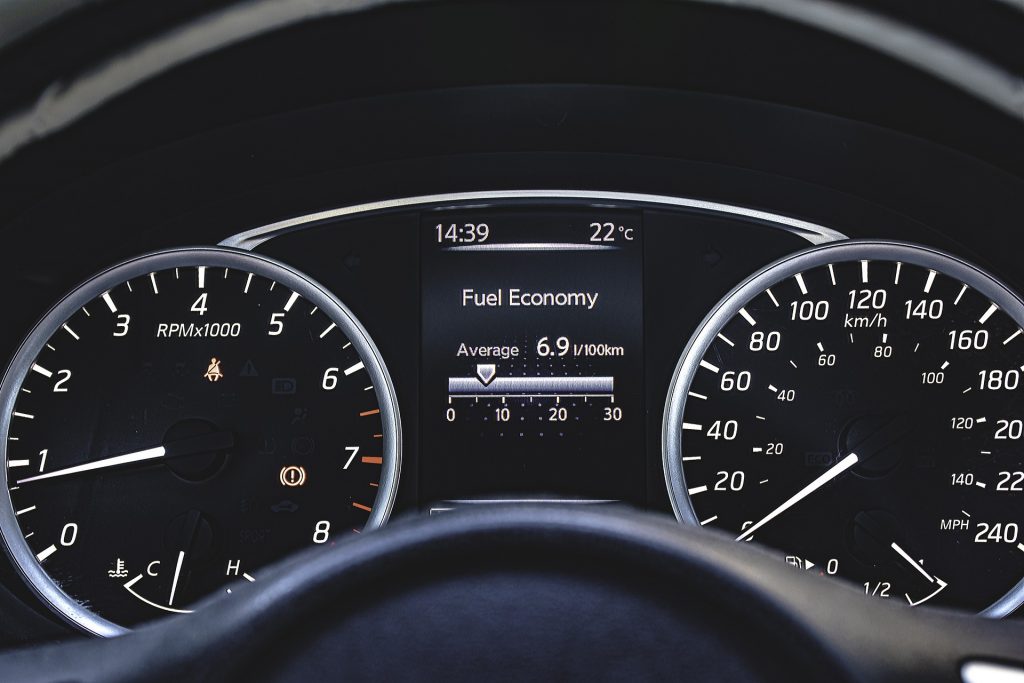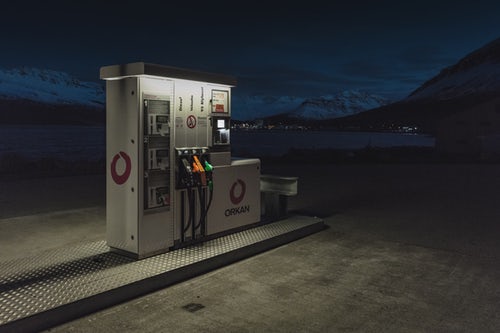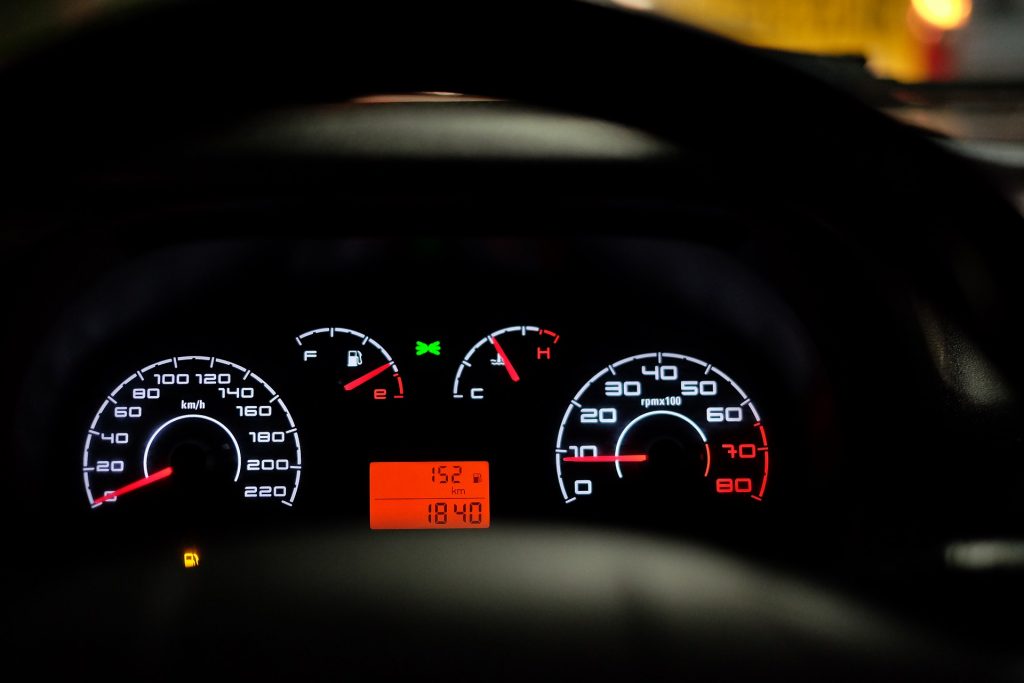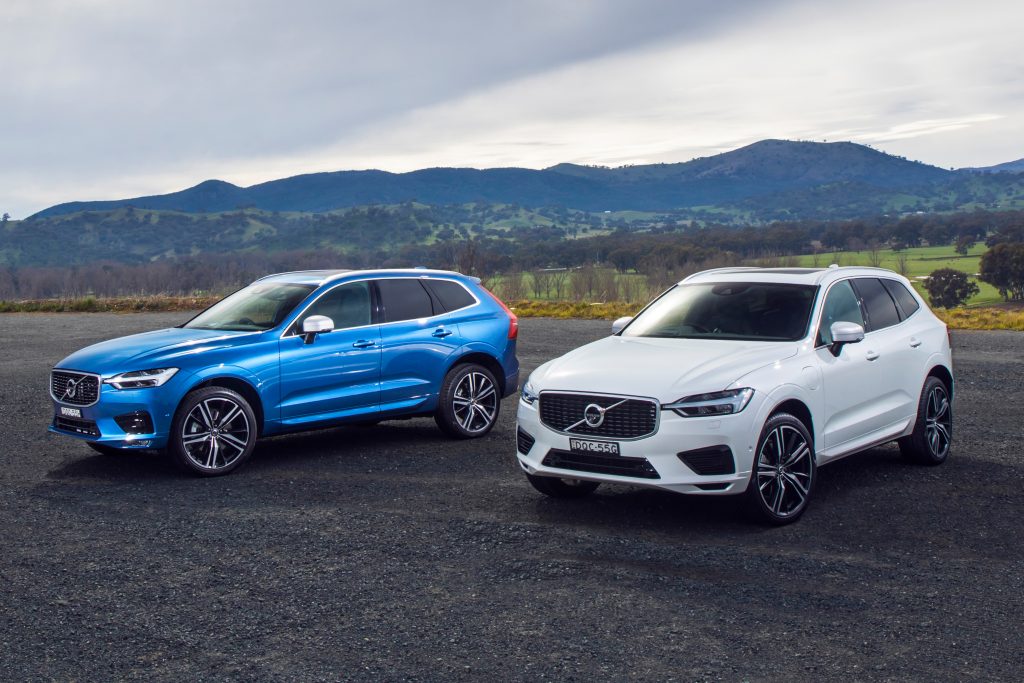NOW THAT MOST CARS HAVE a low fuel warning light, people are even more likely to drive until there is just a splash left in the tank.
There are a number of reasons why this isn’t a good idea.
Low fuel can let your engine ingest contaminants
Your trip computer might be telling you that you still have 50 or 80km until you run out of fuel (and most people seem to believe that the distance to empty indicator is usually pessimistic and you have a few more kilometres beyond what is indicated). Whether or not the distance to empty read-out is accurate, running on a very low fuel level can damage your catalytic converter (an expensive repair or replacement). In addition, when the fuel level is low, contaminants and debris that have settled to the bottom of the tank can be sucked up by the fuel pump, causing damage to the pump, clogging filters and, if it gets into the engine, potentially causing expensive damage.

“Distance to Empty” may not be as accurate as you think
The trip computer in your car can only estimate how far you’ll travel before running out of fuel based on the data gathered from past experience of fuel consumption and your driving style. If circumstances are different (for example, if you are sitting in traffic or driving through hills) fuel efficiency may be adversely affected, but your trip computer doesn’t know this and may be giving you an artificially high driving range.
Older fuel tanks build up harmful deposits
Cars from the 1980s and earlier usually had fuel tanks made of metal (newer cars use plastic fuel tanks). As the metal tanks get older, they deteriorate and drop harmful deposits to the bottom of the tank. Sediment that finds its way into plastic fuel tanks usually comes from contaminated fuel or a poorly sealed fuel cap.
Fuel is a lubricant for the fuel pump
In most modern cars, the fuel pump is located inside the fuel tank. The fuel it sits in acts as a lubricant and insulates the pump. Running the fuel tank down to near empty may lead to the pump overheating, causing it to wear out prematurely.

Urgently needing fuel means you can’t shop around
Paying more for fuel than you need to is frustrating. With fuel prices being so wildly variable, the difference between by-passing a service station charging the maximum price and filling up at a more moderately priced service station can mean a considerable saving. But if you’re down to the last few drops of fuel, your need is urgent and you may not have a choice.
Diesel owners have even more to worry about
Running out of fuel in a petrol-engined car is mostly an inconvenience, but in a diesel-engined car, the consequences can be much more serious. As with a petrol-engined car, running a diesel on low levels means you’re burning poor quality diesel fuel from the bottom of the tank. If you allow the fuel level to drop so low that the fuel pump and fuel lines run dry and suck in air, it can cause serious damage to both the diesel injection pump and the diesel injectors. Once the tank has been refilled, the system must be primed to remove all traces of air to avoid poor running, stalling and other issues.
What to do if your car starts to sputter
Despite your best intentions, sometimes you may simply have missed the low fuel level warning and your engine, starved of fuel, will start to hiccup and sputter. Turn off the air conditioning to reduce stress on the engine. Turn off the sound system and unplug all devices. Roll the windows up to reduce drag and drive as slowly as you can until you reach a service station.

Most experts recommend not letting your fuel level fall below a quarter of a tank.
And here’s another issue with driving around with low fuel
What initiated this article was an email from a seniordriveraus reader who was returning from Adelaide to Melbourne during the recent very hot weather.
Just outside Murray Bridge, his Volvo XC60 coasted to a stop, showing all the symptoms of having run out of fuel. However, his trip computer was telling him he had 130km to empty.
He called his roadside assist program, but he and his wife had to endure a very uncomfortable 45 minutes sitting stranded by the side of a very busy motorway, in searing heat and without any air conditioning.
On his behalf, seniordriveraus decided to query the car company involved and get both sides of story.

Greg Bosnich of Volvo Australia was most concerned that one of their customers had been inconvenienced, appreciative that we had alerted him to the matter and immediately investigated. He was also most concerned that the roadside assist response may not have been as rapid as it should have been (Volvo, like most car companies, outsources its roadside assist program, in this case to the local motoring association, the RAA).
Now, it may be annoying to be told that a phone call is “being recorded for training or other purposes” but it does make it easy to gather details.
Greg confirmed that the call was made to the roadside assist team who took 43 minutes to attend (an impressive achievement since it was during the holiday break, a day of multiple bushfires and, due to the high temperatures, high demand). The patrol assessed the problem and decided it was due to, as we suspected, low fuel pressure. According to their records, the problem arose as the car was travelling up a hill and the display was reading 50km to empty. This is completely credible, since on the flat it may well have shown 130km to empty (it’s one of those variables we alluded to earlier in this article).
When our reader approached his local Volvo dealer, they confirmed that the computer was showing an error code indicating low fuel pressure. The records also showed that the outside temperature was 47 degrees, even more extreme than our reader thought.
So, a very unpleasant situation that could quite possibly have been avoided by not letting his fuel level drop below one quarter of a tank.
And our compliments to Volvo for immediately following up all details of the situation and checking that the roadside assist response time was not unreasonable. Obviously, fuel vaporisation in extreme temperatures is not unique to Volvos.
Quite apart from all the other reasons to keep your tank topped up, extreme weather conditions could also cause you to be stranded by the roadside.
If you’d like to learn more about issues affecting older drivers, retirement, health, superannuation, travel and much, much more, subscribe to YourLifeChoices (it’s free) at https://www.yourlifechoices.com.au/ and listen to the podcast (including interviews with seniordriveraus) hosted by Kaye Fallick and John Deeks at https://www.yourlifechoices.com.au/podcasts/mind-your-own-retirement
